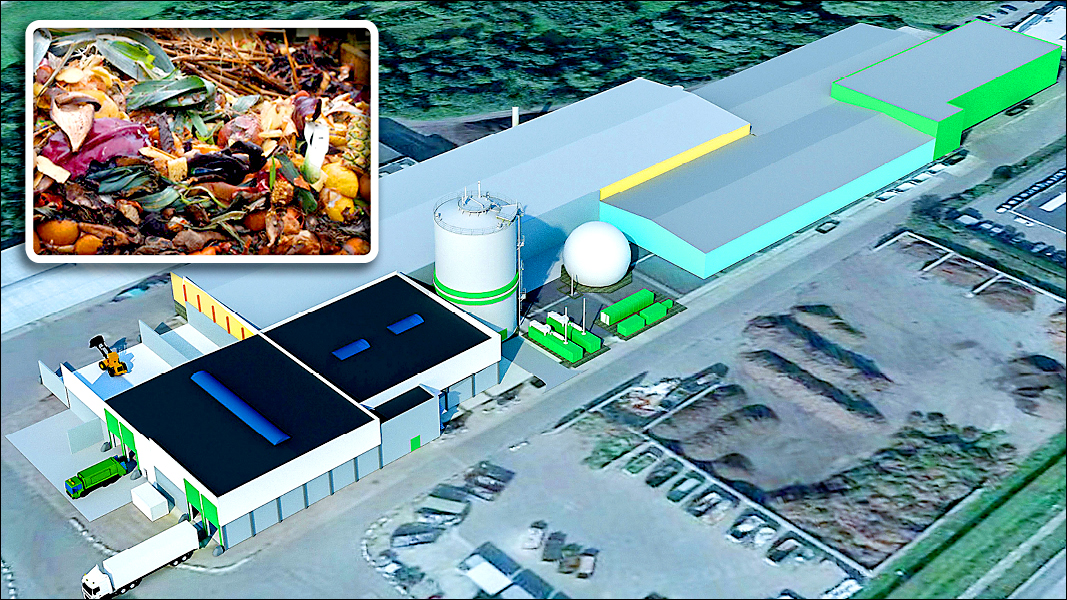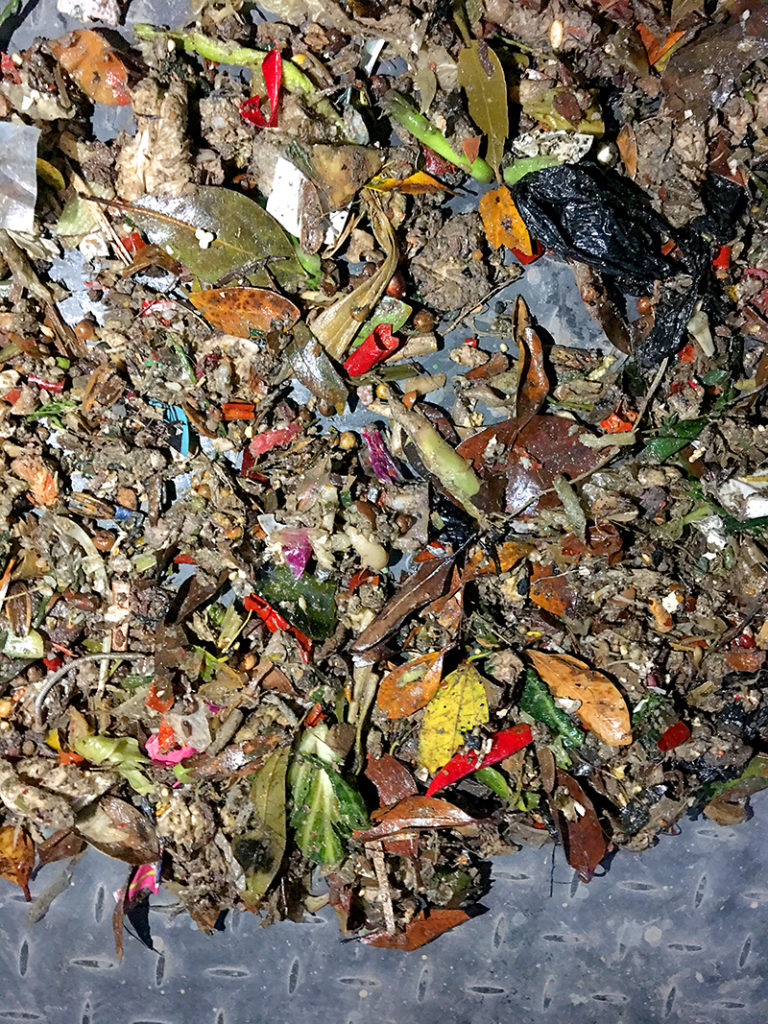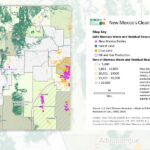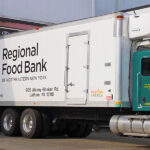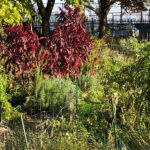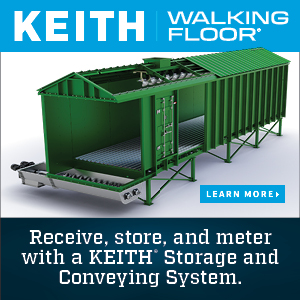Top: Rendering of the VERKO facility in Dendermonde, Belgium illustrates how AD is being incorporated into the existing composting facility’s footprint. Source separated organics (inset) will be digested and then composted. Photos courtesy of OWS, Inc.
Nora Goldstein
A fairly small number of organics recycling facilities in North America combine anaerobic digestion (AD) and composting on the same footprint. More recent examples include a facility in San Louis Obispo County, California that can process up to 36,500 tons/year of yard trimmings and food waste, and Surrey Biofuel in Surrey, British Columbia, designed to process about 127,000 tons/year of source separated organics.
Europe is home to a much greater number of facilities that combine the two technologies to process source separated organics (SSO) and produce renewable power and/or renewable natural gas (RNG) and compost. In many cases, anaerobic digestion is added to the existing composting facility footprint. Two new projects of this ilk were recently announced by OWS’s DRANCO AD technology division. Based in Gent, Belgium, the company markets the DRANCO continuous flow, vertical high solids AD system. In Dendermonde, Belgium, the intermunicipal association VERKO awarded a contract to OWS to construct a 2,865 cubic meter (757,000 gallons) DRANCO plant to process 33,000 tons/year of food and garden waste, some of it in compostable liners. VERKO’s existing composting facility is being redesigned with a new reception hall and pretreatment process. The existing tunnel composting system will be upgraded by Christiaens Group. A biofilter, biogas engines, and a biogas upgrading system for a portion of the biogas are being added to the footprint.
In Leuven, Belgium, the general assembly of the intermunicipal association ‘ECOWERF’ also decided to add a DRANCO digester to its existing site — a 20-year old pretreatment and composting facility for about 55,000 tons/year of SSO containing mostly food and garden waste. Households mainly use biowaste containers; some opt to line them with compostable bags, which can go into the digester. The site is being renovated and upgraded; the total investment is about 15 million Euros ($17.7 million). Start up is scheduled for spring 2023.
OWS also announced new projects in Yorii, Japan and Chongqing, China that involve a more contaminated mix of bagged food and paper waste. The digestate produced by these projects will go to waste-to-energy facilities.
Processing Steps
The DRANCO system operates as a vertical plug flow: feedstock is pumped to the top of the approximately 95-foot tall digester and sinks by gravity to the tank’s conical bottom as it digests. A portion of the digestate is removed and blended with fresh feedstock in the feeding pump; that combination is then pumped back up to the top of the digester. Because of the recirculation, the average retention time is about 25 days. The digesters operate at thermophilic temperatures for SSO materials, thus ensuring PFRP (process to further reduce pathogens) is achieved during digestion.
The pretreatment of the SSO starts with shredding, screening, and a magnet for metal removal, ultimately producing a digester feedstock where all materials are <2-inches in diameter and <6-inches long. Total solids content of the digester feedstock varies between 30% and 45%. The digesters have no internal mixers (or other moving parts). Both of the new projects in Belgium can accommodate compostable bags that contain the separated organics. “The compostable products degrade in the digester, and go through further biodegradation during the composting stage,” explains Norma McDonald, OWS Inc.’s North American sales manager. “One thing we do see in the SSO at our digesters in Europe is confusion with coated papers. These look like paper but have a film coating. In the DRANCO, the microbes will eat all the paper, so that only the nondegradable film is left. These laminates are easy to screen out in the compost refining process.”
McDonald wrote an excellent “state of the knowledge” overview on the digestability of compostable packaging in BioCycle in 2019. During our interview for this article, she noted that proposed standards and test methods for anaerobically digestable materials have not been officially adopted, but “the test methodology is a combination of an anaerobic digestion step and an aerobic composting step. They are inherently linked.” Generally speaking, she adds, with pretreatment systems such as depackaging for wet digesters, compostable packaging will “not make it into the wet digester when preprocessing works as intended. We have found through testing at OWS, Inc.’s Biodegradability, Compostability & Ecotoxicity (BCE) division that among the biopolymers, thermoplastic starch is the quickest to degrade in a digester. If there is no contamination within a bag made from that material, the bag doesn’t need to be eliminated during preprocessing and won’t lead to a flotation issue.”


